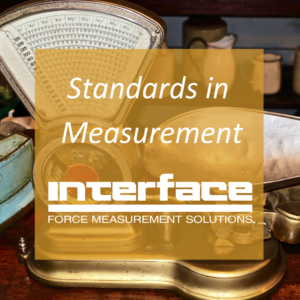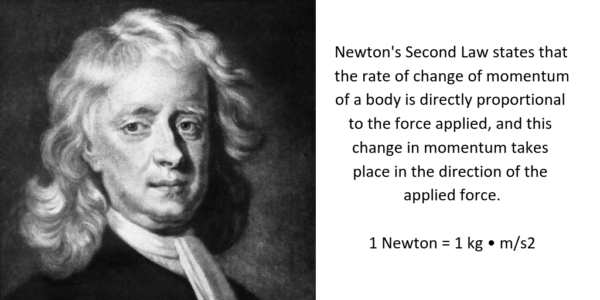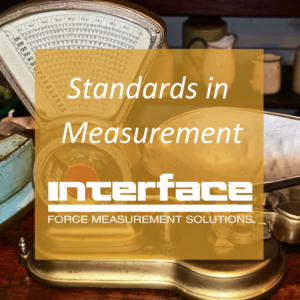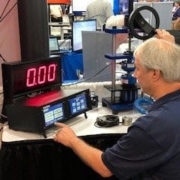Quick History of Creating Standards in Measurement
 Since humans have roamed the earth, there is evidence that science and measurement have played a significant part in the progression of our existence. Early signs of tools and architecture are riddled with measurement references.
Since humans have roamed the earth, there is evidence that science and measurement have played a significant part in the progression of our existence. Early signs of tools and architecture are riddled with measurement references.
History also suggests there was little agreement in any standardization, though there were many proclamations for standard types of units to be used for measurement. One can only imagine how any standardization could take place without our 21st-century technology conveniences used for sharing and collaboration.
Yet, there is a record of the first attempt to standardize measurements by the pharaoh Khufu, in the building of the great Khufu Pyramid around 2,900 B.C. Khufu declared the standard for measurement was to be a fixed unit called the Egyptian Royal Cubit, now recognized as one of the earliest references to any standard of measure.
Scientists have noted that the reason the Great Pyramid is a perfect right angle within 3/1000 of a degree is because of the use of this standard unit of measurement.
With little agreement in standards for nearly 4,500 years thereafter, the use of various weights and measures were littered in the chronicles of designs and renderings by innovators, explorers, astronomers, scientists, and artists that include maps, weapon designs, mechanical inventions, architecture and more.
It is known that Egyptians, Greeks, and Romans were successful in creating standard systems of measurement accepted in their regions; though they didn’t agree with each other’s definitions. As the role of the instrument maker and scientist grew in popularity and prominence, standard weights and measurement tools did too.
At the longing of a Scottish Inventor and Instrument Maker James Watt, a group of scientists was urged to come together to promote a common language in measurement. During the French Revolution, The Royal Academy of Science was instructed to create the new system based on ideas proposed by Watt to promote ‘unity’. Ultimately this is when the meter (Metron) was first set as a standard for measuring distance, and thus the metric system was to be promoted universally for all.
Or would that really be the case? As Europe struggled to accept uniformity, in the independence of the United States, Americans defied the standards and created their own. In the beginning, each state used its own measurement, with little agreement amongst their fellow countrymen. That is until they agreed to a standard called the Parliamentary Yard. This yard was set as a standard by a bar known as Bronze No. 11, which became the US accepted length for a yard and its own standard for measurement. Yet in Europe, the Metric System started to gain traction and greater acceptance.
It wasn’t until 1875, that the International Conference on Weights and Measures got 17 nations to actually agree to a measurement standard under the ‘Treaty of the Meter’ (Convention du Mètre).
It was in 1893 that the United States finally agreed to the standards, using Meter Bar No. 27 and Kilogram No. 20, as fundamental national standards. And to further its commitment to universal standards, in 1901 the US Congress created the National Bureau of Standards, now the National Institute of Standards and Technology (NIST), and authorized it to have custody of standards and manage a catalog of hundreds of standards.
As of 2018, there are 60 Member States and 42 Associate State and Economies of the Meter (Metre) Convention and it remains the basis of all international agreement on units of measurement. The International System of Units (SI) is the modern metric system of measurement. The SI was established in 1960 by the 11th General Conference on Weights and Measures (CGPM), which is the international authority of the SI and modifies the SI.
At Interface, our most frequently referenced SI unit in force measurement is the newton (symbol: N), which is the derived unit of force. It is named in recognition of Isaac Newton’s second law of motion. One newton is the force needed to accelerate one kilogram (symbol: kg) of mass at the rate of one meter per second squared in the direction of the applied force.
 Measurement is still evolving, read about the redefined kilogram here.
Measurement is still evolving, read about the redefined kilogram here.
For reference, the most recent Guide to the SI online is the NIST Special Publication 811, 2008 Edition, by Ambler Thompson and Barry N. Taylor.









